Inland Waters is an exploration of time, place and process. I grew up in an urban city in Northern England. Wandering, getting lost, and seeing beauty in the banal was where I found my escape from the congested everyday life. Since coming to the Okanagan in 2019, I have found more of a connection to the ground and what is immediately before me rather than longing to be in the distance.
Using cyanotype chemicals, a photographic process discovered in 1842, I brush large pieces of paper that become sensitive to UV light once dry. Each of the works is created in collaboration with a body of water. I have been drawn to how water can appear to change color when light moves across it, how we can see water’s surface and its depths and how it reflects and refracts to create caustics. I carry the sensitized paper to the water and let the water impact or flow over it. The piece is then left to be exposed and dry at the site it is created in. The connection between the overlapping of water, light and my engagement with the process explores a performative relationship with nature that can be visualized as a direct mapping of a place.
The collaborative nature of the cyanotype process involving myself and the body of water embraces the unknown possibility of the work’s outcome; this collaborative process with nature cannot be fully controlled. I decide where and when to place the sensitized paper into the water and how long I leave it to expose. How many times the waves wash over the paper is my decision. All of these become part of a scientific and calculative response to the making of the work. Nature, however, decides the force of the impact with the paper and how it affects it. Some of the pieces reflect a sense of calmness, and some reflect disruption. Different weather affects the process and the very nature of the environment is the ultimate decision-maker in how the process carries itself into the space where it will live.
Inland Waters features detailed, digital photographs alongside the original cyanotypes. The photographs depict the reaction between chemicals, water and light on the paper’s surface during the initial contact with water and after it oxidizes in the following days. Fractured lines reflect the braiding rivers and bodies of water, appearing as if they are a topographical map within itself.
Each body of water acts as a potential threat to the land around it through processes such as shoreline erosion, flooding and other forms of environmental degradation. The cyanotypes in this space are left unfixed, and they retain sediment that is carried along with these bodies of water. They are impermanent objects that are susceptible to growth and decay.
Fixing a cyanotype would require me to thoroughly wash the material and let it dry to its final state. By leaving them unfixed, sediment, algae, and other deposits that reacted with the chemicals remain on the paper’s fibre. The sediment and any other organic material can grow, fall off or stay in place. Ultimately, each piece is a living object within an interior space, reflecting its original environment.
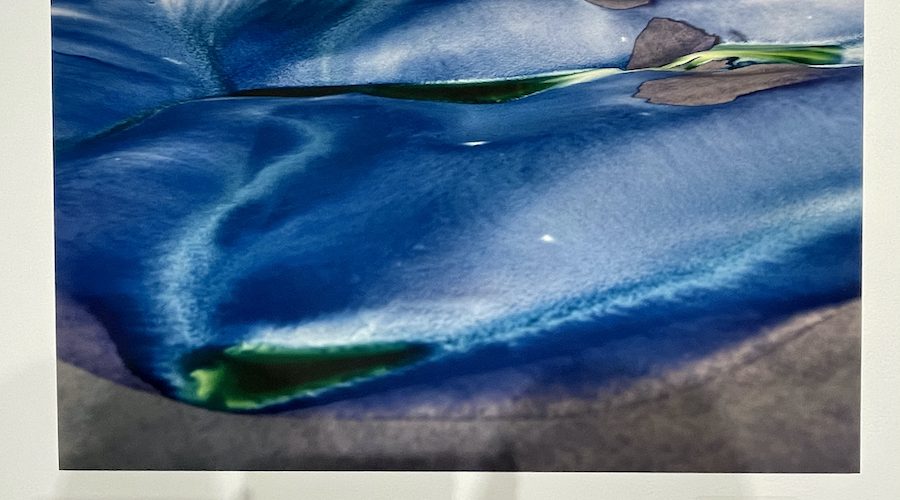
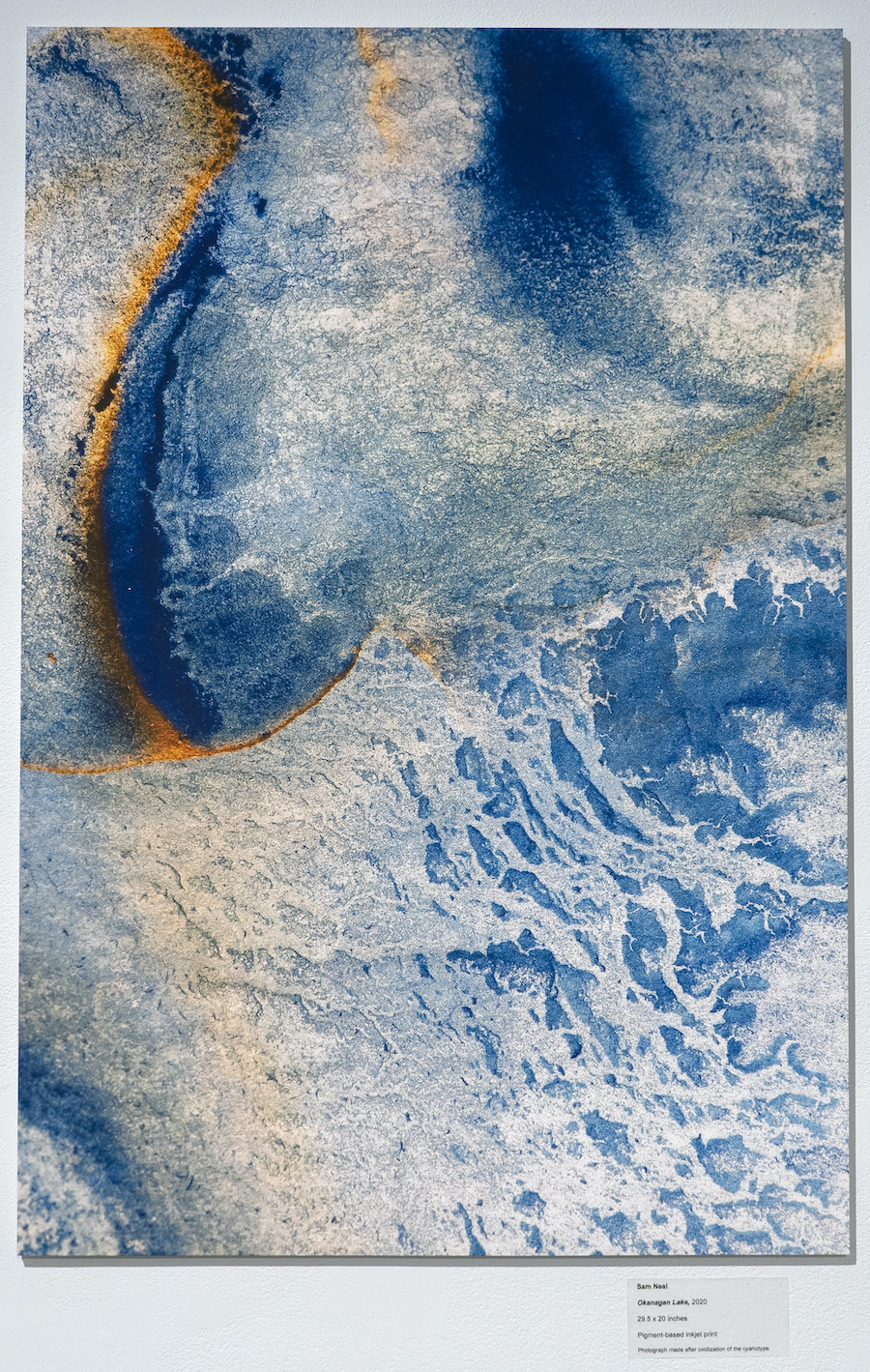
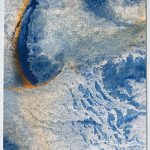

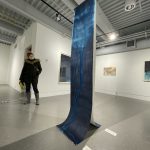
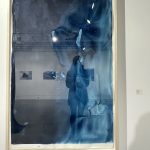
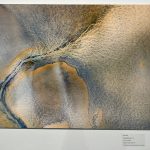

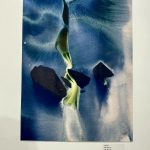
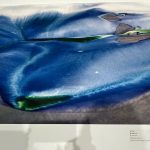
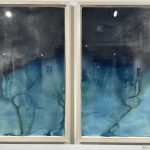
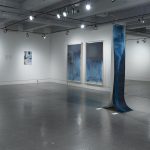


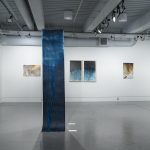
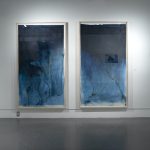
 Follow
Follow
Sam Neal – I tried this on our holidays this Christmas – at the beach in Cancun. I will send you an email with photos from your package you left for a curious person like myself.